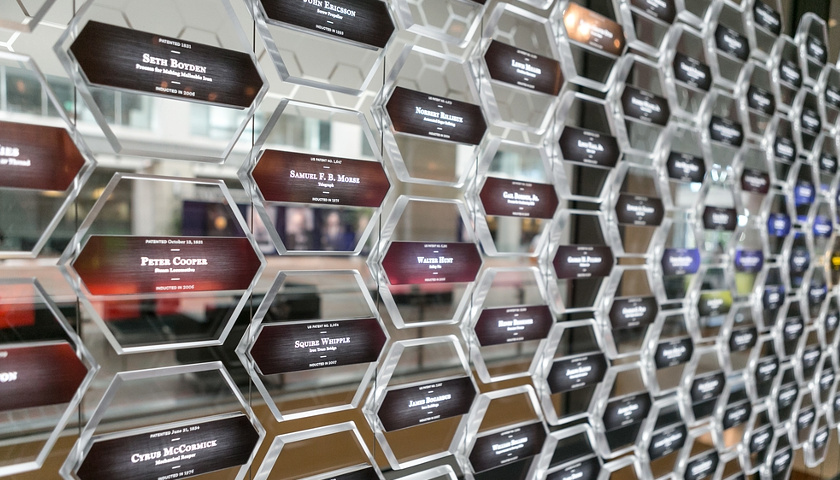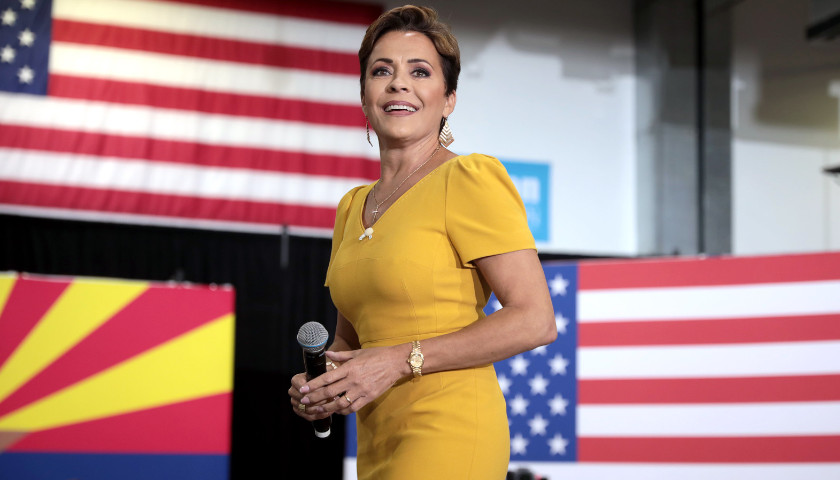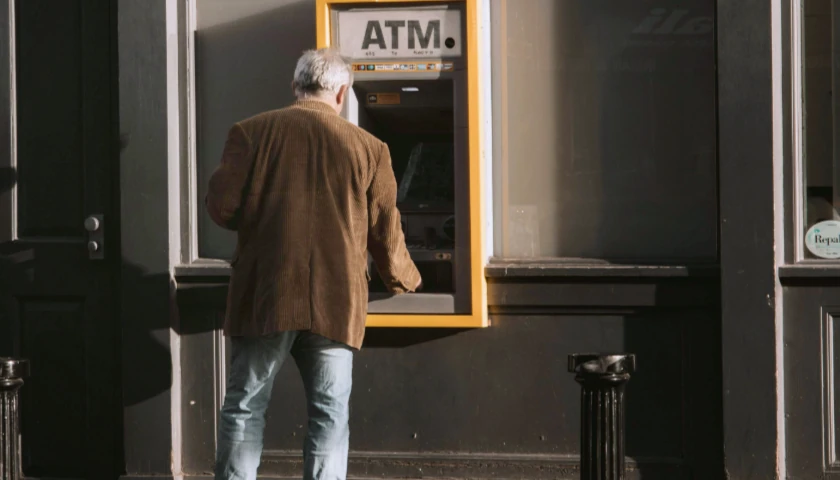by Julie Taboh
Edison did it. Eastman did it. And so did Steve Jobs.
They invented products that changed our lives.
But for every well-known inventor there are many other, less recognizable individuals whose innovative products have greatly impacted our world.
Fifteen of those trailblazing men and women — both past and present — were recently honored for their unique contributions in a special ceremony at the National Inventors Hall of Fame Museum, which is nestled in a corner of the vast atrium of the U.S. Patent & Trademark Office building in Alexandria, Virginia.
Augmented reality
Stan Honey was honored for inventing a graphics systems that makes it easier for television viewers around the world to see key moments during live sporting events… such as sailing, car racing and American football.
“What we do is we superimpose graphic elements like yellow lines into the real world, correctly positioned so that they can reveal something that’s important to a game that is otherwise hard to see,” he said.
The graphics make those yellow lines look like they’re actually on the field, Honey explained, but “they’re keyed underneath the athletes… so it looks like it’s on the grass, but in fact if you were in the stadium of course, it’s not actually there!”
In sports like football, Honey pointed out, the graphics are used “for the ‘first down’ line.” In baseball, to show “where the balls go through the strike zone or miss the strike zone,” and in sailing they’re used “to show who’s ahead, who’s behind, where the laylines are, what the wind direction is.”
“Any sport that has something that’s really important and hard to see can benefit from graphics that are inserted into the real world,” he added.
Lasting beauty
“Curiosity and exploration are the essential starting points of innovation,” says inductee Sumita Mitra. She credits her life-long love of learning to her parents and teachers; “They taught me how to learn… and if you know how to learn, you can learn anything.”
Mitra put her learning skills to full use when she discovered that using nanoparticles can strengthen dental composites while helping teeth maintain their natural look. She was looking for “beauty that lasts,” she said, and decided “nanoparticle technology would be the right ticket to create something to meet these objectives.”
Rini Paiva, who oversees the selection committee at the National Inventors Hall of Fame, noted that more than 600 million restorations take place every year using Mitra’s technology.
Gallery of icons
The annual selection process is very competitive, say Paiva, “because there are a lot of terrific inventors out there and our job is really to look for the ones who have had the most impact on our world.”
Each year, as a select group of inventors are inducted into the National Inventors Hall of Fame, they’re presented with hexagonal-shaped plaques inscribed with their name, invention and patent number. Those simple but symbolic awards become part of a permanent collection that now stands at more than 560.
Five of the 2018 inductees were recognized for their contributions posthumously, their awards accepted by their respective representatives.
Temperature controls
Mary Engle Pennington, who died at the age of 80 in 1952, was a pioneer in the safe preservation, handling, storage and transportation of perishable foods, which impacted the health and well-being of generations of Americans. She was recognized for her numerous accomplishments, including her discovery of a way to refrigerate train cars, allowing perishable foods to be safely moved from one place to another.
In 1895, Warren Johnson introduced the first multi-zone automatic temperature control system commercially feasible for widespread application. The Johnson System of Temperature Regulation was used in commercial buildings, offices, and schools, and also installed in the U.S. Capitol Building, the Smithsonian, the New York Stock Exchange, West Point Military Academy, and the home of Andrew Carnegie. In 2008, it was designated an ASME Historic Mechanical Engineering Landmark.
Johnson’s innovations and the company he co-founded, Johnson Controls, helped launch the multi-billion-dollar building controls industry.
The real deal
Established in 1973 in partnership with the U.S. Patent & Trademark Office, the National Inventors Hall of Fame Museum provides numerous displays and interactive exhibits on patents and the patent process, and the inductees and their patented inventions.
There’s a model of Thomas Edison’s light bulb, George Eastman’s hand-held cameras, and replicas of Ford Mustangs from 1965 and 2015 — split down the middle to show how the iconic car has changed over 50 years.
Visitors can also learn about trademarks, (think NIKE’s Swoosh logo), how to detect the real from the fake, (counterfeit designer handbags and accessories were hard to tell apart from the genuine article), and match characters, colors, and even sounds, to their respective brands.
Future inventors
Rini Paiva notes that while the museum is dedicated to honoring the greatest innovative minds from the past and present, it is also committed to its educational intiatives through its partnership with 1,300 schools and districts nationwide.
“Our museum does share the stories of the inductees in the National Inventors Hall of Fame, but beyond that it really shows people what we can do through our education programs, really in encouraging young people to pursue STEM fields, and also in the power of intellectual property.”
Education merges with the symbolic presence of some of the world’s most innovative minds whose examples of American ingenuity serve to inform and inspire others who may follow in their paths.




